hornbills and other silly birds
I heard a story once. It is probably a load of bull, but the story went that when the first naturalists brought toucans back from the new world, the academy (Sesselfurzer for want of a suitable English word) didn’t believe them and thought they were birds stitched together to command higher prices. Its probably an urban legend. And counter to popular wisdom, birds will not explode if they eat the confetti rice from your wedding. aaah, I seem to have gotten side tracked.
Yes, toucans are incredibly awesome beautiful birds with ridiculously crazy bills. But their old world contemporaries are no less silly – the hornbills. Found throughout most of Africa and tropical Asia, they really are a group of birds that will take the breath away from most any birder. (see Susan Myers great photos and posts with Rufous-necked Hornbills and the incredible Great Hornbill).
the Crowned Hornbill (Tockus alboterminatus) has a name as silly as its bill. It has no crown. But it is nonetheless really cool; rather small, a bright orange bill, pale eye, sooty plumage and a white belly. And a really cool call. They live in the riparian and coastal forests of eastern southern, central and east Africa (there is a distribution map here) are typically in small groups and feed on fruit when available, otherwise hawk and search for insect and small mammal prey. They can be quite confiding (the photos above are only cropped vertically and are uncropped horizontally).
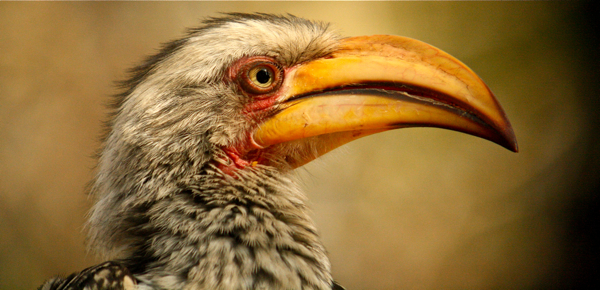
Southern Yellow-billed Hornbills digiscoped (c) Dale Forbes with a Swarovski STM80HD and Canon 1000D
At least the Southern Yellow-billed Hornbill (Tockus leucomelas) has a more logical name. It has a yellow bill. But it really is not as “pretty” as some of the other hornbills. More like attractive in an ugly way. Anyone who has ever had the opportunity to visit Kruger National Park or other savanna game reserves in southern Africa, will have gotten to know these guys well. They are typically the guys scavenging with the various Glossy Starlings on the floor or from trees, and trying to steal the bacon off your camp skottel braai (a gas cooking stove). But they are rather endearing and have wonderfully bold personalities.
The Red-billed Hornbill (Tockus erythrorhynchus) is the smaller partner in crime of the Southern Yellow-billed Hornbill – not as bold, not as cocky, but never to be left alone with a cheese sandwich. It is just not worth it, we know who is going to loose. The Red-billed Hornbill is another savanna species, typically seen searching for spiders, scorpions and insects in the leaf litter, digging around with its perfect little red pick.
The Trumpeter Hornbills (Bycanistes bucinator) have a somewhat fitting name – they do call reeeaaally loudly. But it sounds more like a crying baby than a trumpet, so I would like to suggest an appropriate name change. Henceforth, we should call it the Crylikeababy Hornbill. Or maybe the Wailing Hornbill. That would do.
What would you call a bird that sounded like this?:
The Southern Ground Hornbill (Bucorvus leadbeateri – now that is a latin name!) is Africa’s largest hornbill, weighing up to a massive 6kgs (13lbs). And as the name says, they spend the bulk of their time on the ground – wandering out over a home range of 100 square kilometers (about 40 square miles) to search for snakes, frogs and small mammals in the wide open grass savannas. And the best thing is, is there communal family calling from the roost tree at dusk. A wonder of the African savannas.
Happy birding,
Dale Forbes

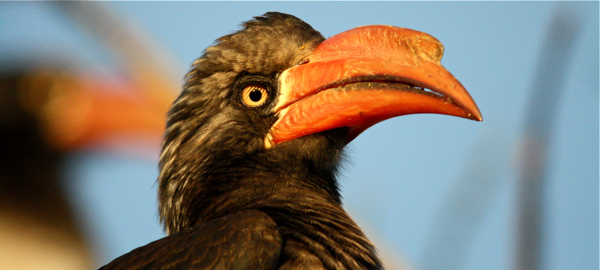
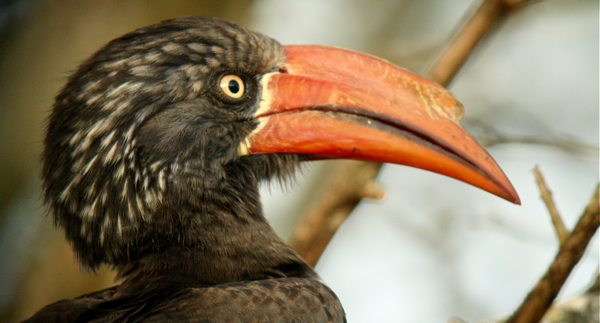
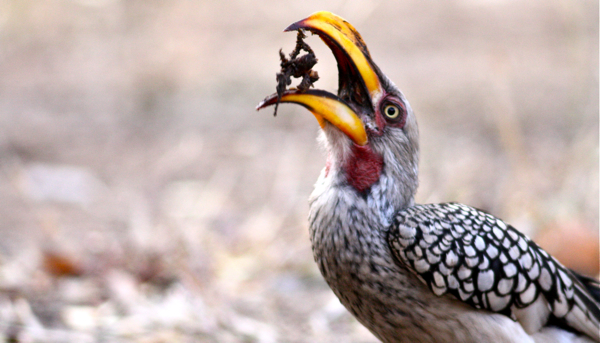
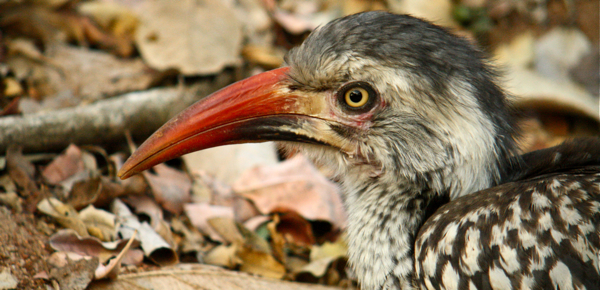
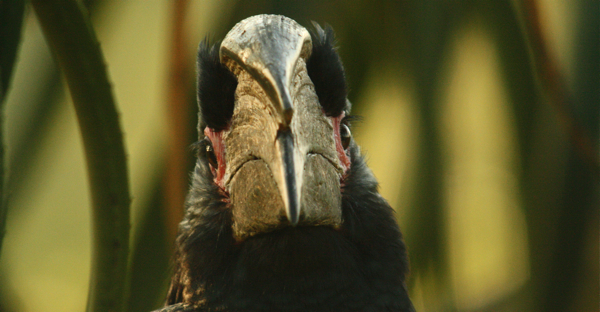
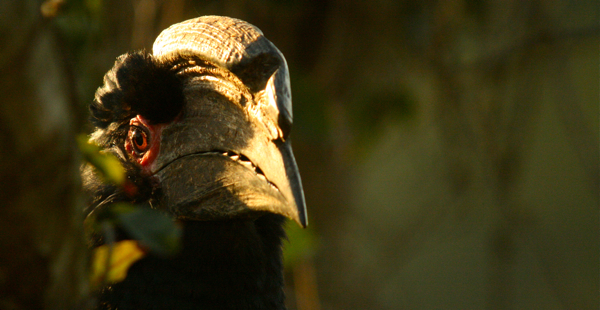
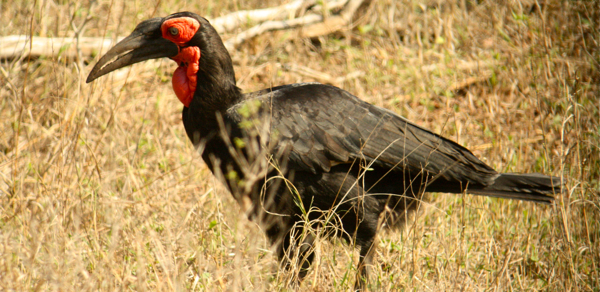
What amazing creatures! I commend you on your photography.